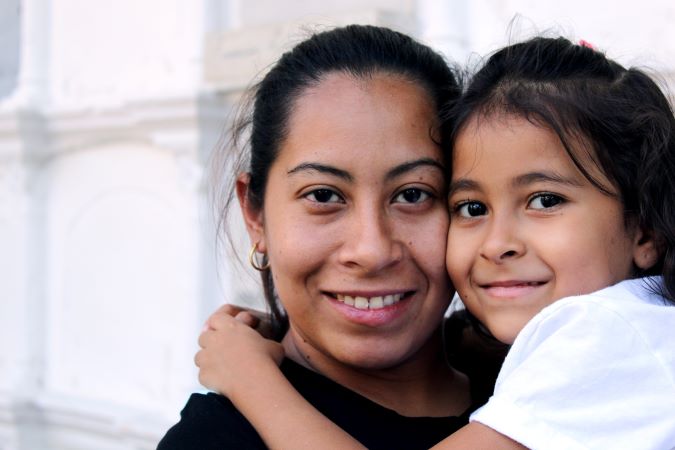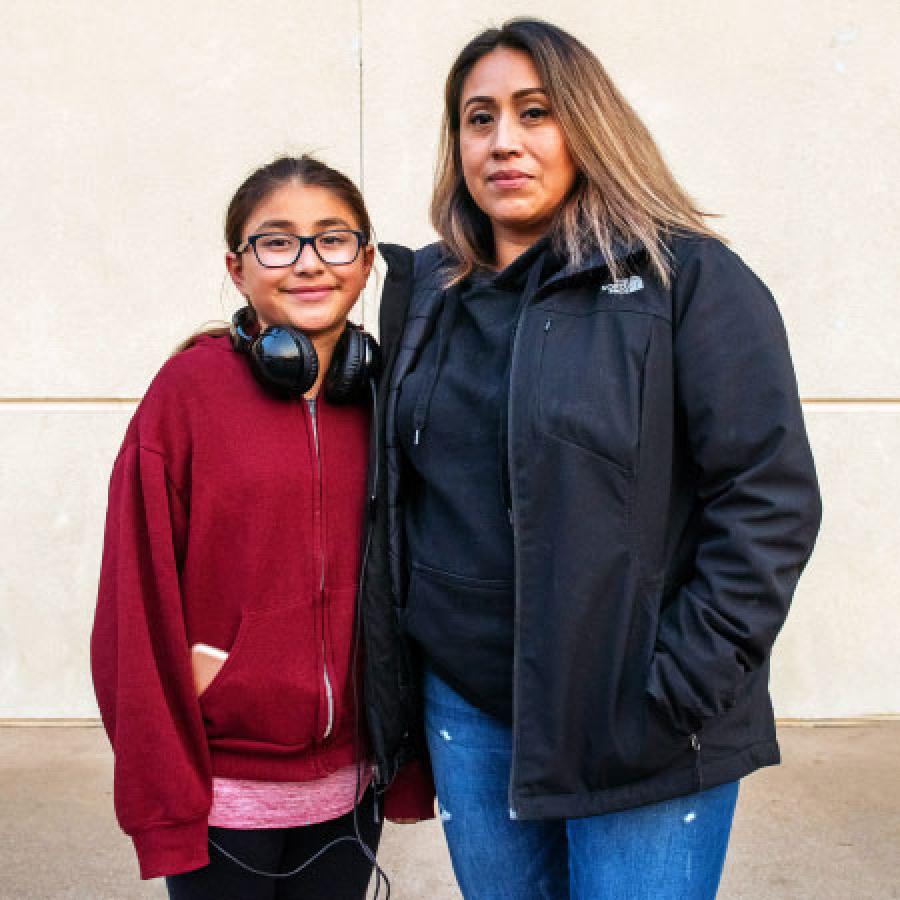Population growth: Racial equity and immigrant inclusion strengthen communities.
Insights & Analyses
- Asian or Pacific Islander, Latinx, and mixed people and those of other racial backgrounds not categorized by the census led population growth from 2010 to 2020 – a trend that is expected to persist through 2060.
- The white population declined between 2010 and 2020. It is expected to shrink by an additional 17 percent between 2020 and 2060.
- Between 2010 and 2022, people of color accounted for 100 percent of net population growth in 29 states and 49 of the largest 100 US cities.
- Among all census-identified racial and ethnic groups, Asian or Pacific Islander immigrants are the only group whose net increase was greater than that of their US-born counterparts over each decade since 1980.
Drivers of Inequity
Declines in overall population growth rates that began in the 2010s are driven by several trends including declines in fertility rates among U.S.-born citizens and increased mortality rates. Millennials are choosing to have fewer children because of changing social norms and economic hardship following the Great Recession. Many are also choosing to live in the Mountain West and Southeast because of the high cost of living in urban centers, which in turn has led to declines in population growth rates in states like California and New York. At the same time, mortality rates have increased as the Baby Boomer generation ages. The population growth that is occurring in the United States is increasingly being driven by people of color and by immigrants. By 2030, multiple states are projected to be majority people of color.
Strategies
Grow an equitable economy: Policies to leverage diversity as an asset
- Foster racial inclusion in governance.
- Build multiracial alliances, coalitions, and movements to advance policy change, including pro-immigrant policies.
- Dismantle barriers and build pathways to economic opportunity for boys and men of color.
- Include immigrants by ensuring access to health care, driver's licenses, in-state tuition, and municipal ID cards regardless of immigration status.
- Enact strong language access policies requiring interpretation and translation services for English-language learners and facilitate naturalization among green-card holders.
- Limit the participation of local law enforcement with Immigration and Customs Enforcement and support community-led alternatives to policing and invest-divest strategies in communities of color.
- Strengthen democracy by increasing participation of marginalized groups, expanding voting rights (and preventing rollback), and building leadership development pipelines.
- At the federal level, end the lifetime ban on public benefits for people with criminal records, ensure that releasees from federal prison receive essential identification documents and access to transition social services support to reentry, enact all-mail elections, automatic voter registration, and extended voting periods.
Strategy in Action
New Haven’s municipal ID card creates community. In 2007, New Haven launched the Elm City Resident’s Card and became the first city to issue a municipal ID card as a strategy to protect and integrate its growing immigrant population into the community. The city’s undocumented residents were previously targets of crime as they carried large amounts of money with them because they did not have bank accounts. The ID card now provides access to a host of services for more than 10,000 residents, from banking to parking to checking out library books. The Elm City card has fostered a sense of community among all its residents and contributed to an increase in crime reporting and a decrease in crime in the city. Read more.
Photo: Jhon David on Unsplash



